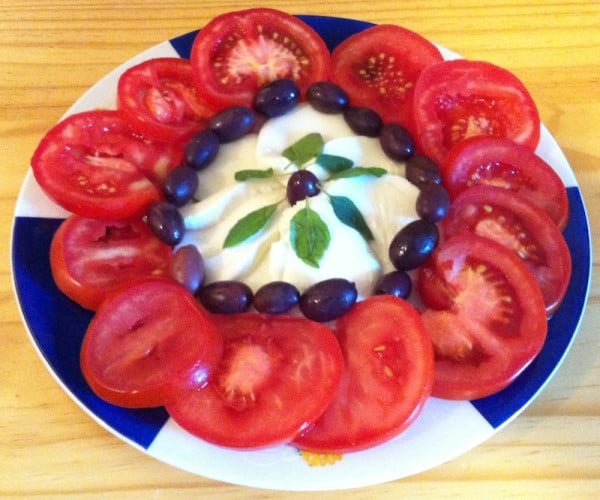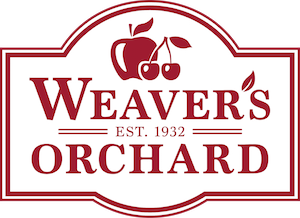Finger Food. Appetizer. Salad. Main Course. Cheese. Dessert. Coffee.
Sounds like a typical meal you’d have when invited to someone’s house, right? Maybe not in the US, but in France it would be considered improper (and strange) not to serve food in that order.
This summer, I’m living in France with some fellow North Americans who are teaching me the many unspoken rules of this beautiful culture. Thankfully, my taste buds were already used to the strongly flavored cheeses and cured meats they enjoy here, so the taste of the food hasn’t been too big of an adjustment for me. Between what I’ve gleaned from my American friends and the few times we’ve been invited for a meal at a French person’s home, the courses always follow a similar pattern.

1. Aperitif.
The meal begins with the “aperitif” – often some kind of finger food like pretzels, crackers or nuts served with a choice of a sweet, fruity drink. Olives are another popular option for the aperitif or appetizer.
2. Entree (Appetizer)
This time of year, the entree (their word for appetizer) will most certainly include melon. The French are true “locavores,” only eating and selling fruits and vegetables that are in season. It’s actually been impossible for me to find fresh broccoli or spinach, and bananas are extremely expensive! A favorite way to serve cantaloupe is sliced with smoked meats, much like the Di Bruno Brothers Sopressatta that’s available at Weaver’s Orchard. It sounds strange, but I promise it’s a delicious combination! The melon does a good job of cleansing the palate for the next course.

3. Salad.
Next, you’ll often have a raw vegetable salad. No need to be confined by greens though, often their salads include beets or cabbage with herbs or tomatoes and mozzarella as pictured.

4. Main Course.
The main course typically includes a hot vegetable, meat seasoned with Herbs de Provence (which grow wild here) and a thinly sliced baguette. There is a saying in France that translates “a meal is not a meal without bread.” You’ll never see butter served with the bread as bread used to soak up all the delicious juices, oils and vinegar from the rest of the meal. Bread is such a huge part of the culture and daily life here. For example, one of the local bakeries sells 2000 baguettes a day in a town of just 7,000 people. Even our little village of about 25 inhabitants has a bakery truck that stops by twice a week to sell us baked goods – much like an ice cream truck!
5. Cheese.
Cheese is so important that it gets its own course between dinner and dessert. It’s important to pick a selection of flavorful French cheeses. They usually pick three cheeses and serve it starting with the most mild cheese and finishing with the most pungent. The cheeses pictured include a mild cheese similar to a Gruyere, then a soft goat’s milk cheese and a strong blue cheese made with sheep’s milk. Many similar cheeses are available in Weaver’s Orchard’s ever expanding cheese display. We often serve our cheese with raw honey, nuts or sliced apples for a garnish.
6. Dessert.
I have heard that the French aren’t big on baking themselves, but every time we’ve been invited to someone’s house we’ve enjoyed delicious and inventive homemade desserts. My personal favorite homemade dessert was chocolate cake with sprigs of lavender baked in.
7. Coffee.
Coffee can be served with dessert or after, depending on your preference. Sometimes it will even be served with a piece of chocolate. I have yet to have a bad cup of coffee in France!
At first it seemed like a big feat to serve a seven-course dinner, but it’s actually a very leisurely way to enjoy a meal with friends. There is plenty of time to talk, digest your food, cleanse your palate and savor each and every delicious flavor. Next time you are at Weaver’s Orchard, stop by their selection of gourmet and local cheeses, and pick out some good meats, olives and produce to accompany your next meal.
